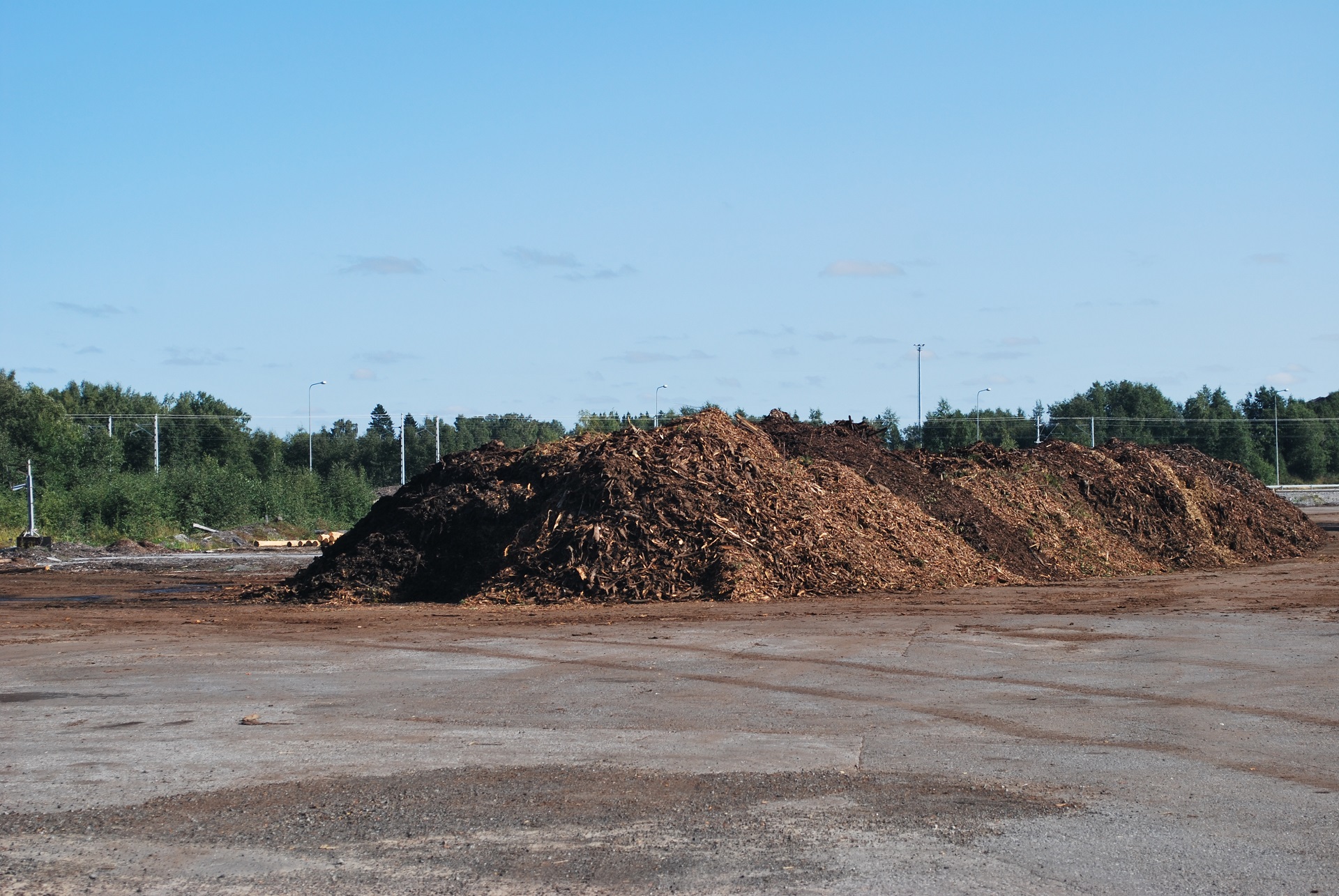
UPM Timber together with UPM Plywood are the first businesses in UPM who have reached the tight recycling target set by the company's Zero Solid Waste project. UPM targets for zero waste to landfill operations globally by 2030.
The sawmills' main wastes are wood-based waste and plastic, e.g. plastic packaging materials and plastic rims. The chips and the sawdust generated as by-products of the production are delivered to pulp and paper mills as a raw material. UPM's sawmills supplies roughly 30 % of the chips used by UPM's Finnish pulp mills. "Wood-based waste consists of bark, spreading particles and plank pieces. Bark is crushed and either used in UPM's power plant in Korkeakoski or sold to an external power plant from which UPM buys heat. Spreading particles and plank pieces go directly to the power plant or they are piled for crushing," says Mika Lampola, who works as Project Manager for Maintenance.
UPM's power plant in Korkeakoski has facilitated recycling significantly. "A common problem for sawmills is the stony bark we get from the field and underneath log intake manifolds. For sawmills, the waste used to cause significant costs and traditionally it was transfer to landfills, landscaping or greater power plants. Five years ago, we invested in the bio heating plant in Korkeakoski, where we can burn all waste wood without crushing, which is a very positive thing. Also the bark waste from log yard is burned in the sawmill's own bio heating plant," says Mika.
In addition to wood-based waste and plastics, sawmills generate mixed waste and construction waste such as concrete, wools and metals. They are recycled by UPM's waste management partners. According to Mika, UPM Timber's personnel has adopted well the new, more accurate sorting style. "We are regularly organising training and waste sorting tests for our employees. One year, when we did not do it, people started to ask where's the training – and the prizes," laughs Mika.
Sorting is not difficult, but some may still think that small amounts don’t matter. “It is important for everyone to understand why every little can must be sorted right. When as many waste fractions as possible are either used as raw materials or sorted correctly, it helps us and our partners alike,” Lampola says.
The Zero Solid Waste project develops smart and sustainable solutions, where excess materials circulate and generate value. Reducing the amount of solid waste and increasing the reuse of waste are important targets at all UPM mills. Improving UPM excess material performance sustainably strengthens UPM's position as a circular economy front runner. It also has a clear impact on UPM's EBITDA for example through lower costs for the waste sent to landfill and income from the re-use markets. UPM pursues Zero Solid Waste to landfill status globally by 2030.
![]()
Read more:
UPM pursues Zero Solid Waste to landfill status by 2030
The best way of disposing mixed waste is minimising its production